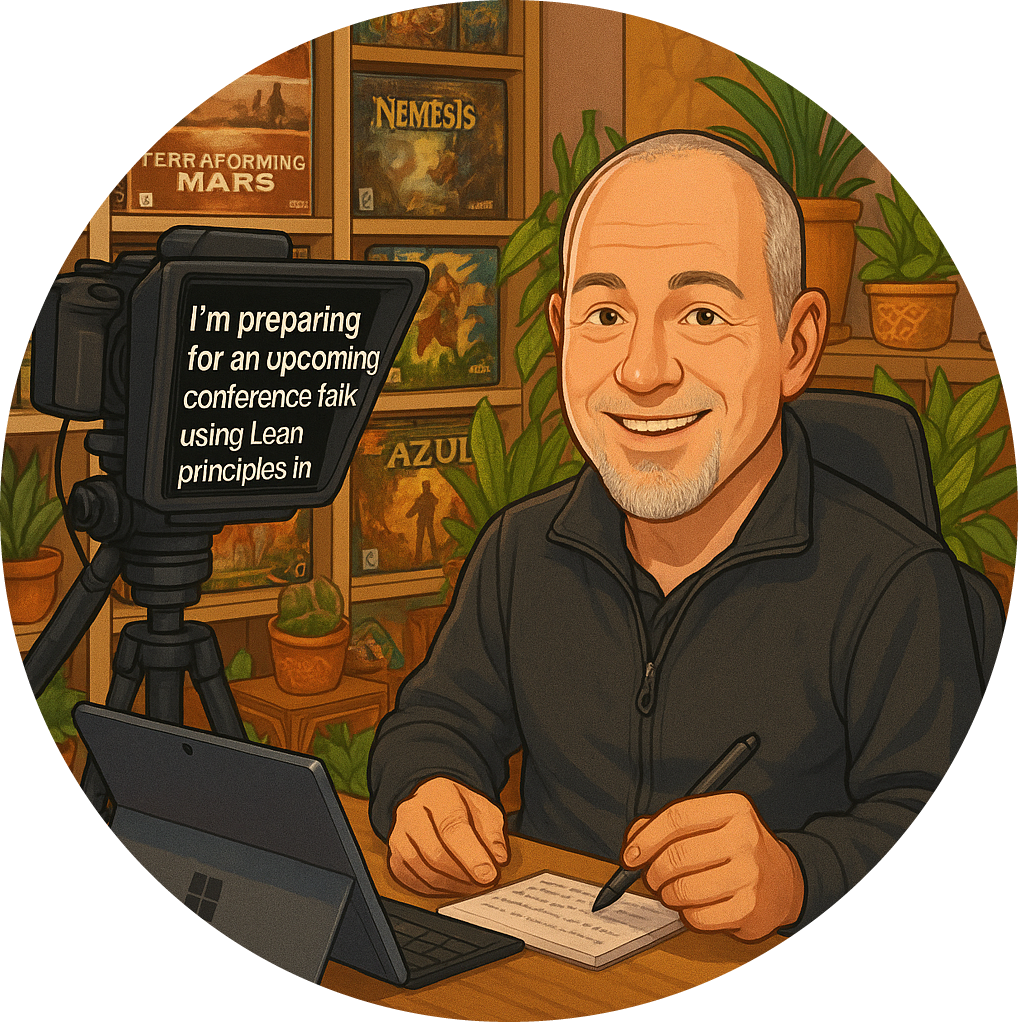Addressing Wrath in Agile Teams: From Blame to Accountability 🌪️🛠️
In the dynamic world of Agile, wrath often lurks in the shadows, manifesting as an intolerance for mistakes and a culture of blame. This can severely impede the growth and innovation of teams. Understanding and addressing the sin of wrath in Agile environments is crucial for fostering a culture where mistakes are seen as opportunities for learning and growth rather than as failings to be punished.
The Wrath Trap: Fear of Being Wrong 😡🚫
Symptoms of Wrath in Teams: Wrath in Agile teams often appears as a reluctance to accept that things won’t always go perfectly. This can lead to a toxic environment where team members are afraid to take risks or own up to mistakes.
An Example of Wrath: Consider a team required to draft procedures for a deployment. The ideal Agile approach would be to iterate on these procedures, refining them as more is learned. However, wrath manifests when there’s an insistence on a ‘perfect’ first draft, leading to a lengthy approval process where accountability is lost.
Moving from Blame to Accountability 🔄✔️
Breaking the Cycle of Blame: The key to overcoming wrath in Agile teams is to foster an environment where accountability is valued more than blame. This means creating a culture where it’s safe to make and admit mistakes.
Product Owner
’s Role in Accountability: In situations where questions are raised about the team’s decisions, the Product Owner should step in, owning the decisions made, and steer the conversation towards constructive feedback and potential improvements.
Encouraging Risk-Taking and Learning: Teams should be encouraged to experiment and learn from outcomes. This attitude helps in breaking the cycle of wrath and promotes a more resilient and adaptive team culture.
Conclusion: Embracing Mistakes as Stepping Stones 🌟🌈
To truly thrive in an Agile environment, it’s essential to transform the wrathful tendency of seeking blame into a culture of shared accountability and
continuous learning
. By doing so, teams can move beyond the fear of being wrong and embrace each challenge as an opportunity to grow and innovate. Remember, in Agile, it’s not about avoiding mistakes; it’s about how we respond to and learn from them.
One of the seven deadly sins of Agile is wrath. Wrath occurs in many different forms in teams working in organisations. Most often, it’s the inability for us to do things wrong. It’s the inability for an organisation to accept that we’re not going to do things right every time.
This can kind of manifest in an example from recently. We need to create some procedures and practices around doing a deployment. The team that I’ve been working with wants to create, “Here’s what we think is going to work, let’s try that,” and then as we figure out more, we can iterate on this policy and procedure and get it to be what we need it to be in order to be successfully in production. Then we can reuse that as we go for future applications, right? Future things that we’re doing.
But the other side didn’t want to do that. They wanted you to create your final draft, we’ll take that, we’ll run it around the hundred people that need to go see it, and we’ll create a spreadsheet with all of the things wrong with it. Here’s the things wrong with it that you have to go fix before we can approve it, right? That approval process is wrath. You can’t be wrong, therefore the end result needs approved before you can do it because if it’s approved, it’s now no longer your accountability, so we’re not going to blame you, right?
So it’s a blame culture technique. It’s going to run up the chain, get approved, and then whoever’s approved it at the top, it’ll be beneath them to solve the problem anyway. So if something goes wrong, “Oh, it’s not the people down here’s fault because it was approved. Go up. Who approved it? Oh, the CEO approved it. Well, okay then, well it was wrong, whatever.” Right? So there’s no accountability. A lack of accountability results in wrath going on in the organisation, and I think this manifests in lots of different ways. I think that’s the core thing, but it manifests in lots of different ways.
One of them that I’ve seen happen with a team was during a Sprint review. The team was demonstrating their product and features to the stakeholders, and one of the stakeholders asked the team, “Why did you build it that way?” in a kind of accusatory tone, like, “Why did you build it that way?”
What I would expect to happen would be that the product owner would take accountability for the value delivered in the team, and they would get out in front of that and say, “Well, these are the decisions that we made. We can always go back and change them,” blah blah blah. That’s taking accountability. But no, that’s not what they did. Wrath. They passed the buck, and the product owner turned to the team and said, “No, why did you build it that way?”
That’s not taking accountability, and I think wrath is a big reason. I don’t want it to be my fault; it needs to be somebody else’s fault. Otherwise, something will land on me. I’ll get covered in the poop from the mistake that happens. I think that lack of mistakes is a huge part of that story.
So don’t let your organisational culture of wrath create this environment where nobody will take accountability. Thanks for watching the video. If you enjoyed it, please like, follow, and subscribe. I always reply to comments, and if you want to have a chat about this or anything else Agile, Scrum, or DevOps, then please book a coffee with me through Naked Agility.




























